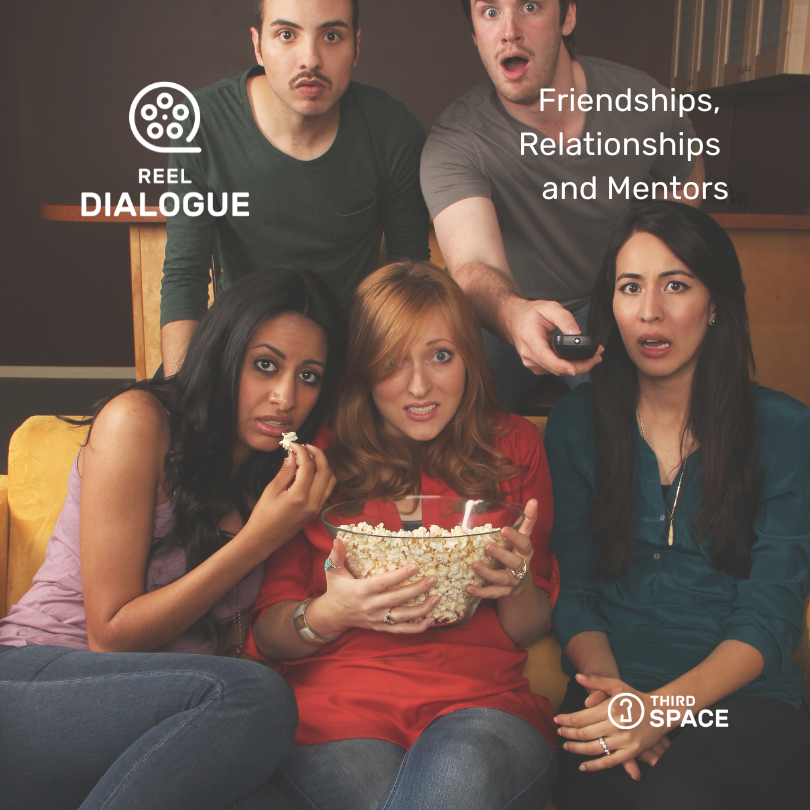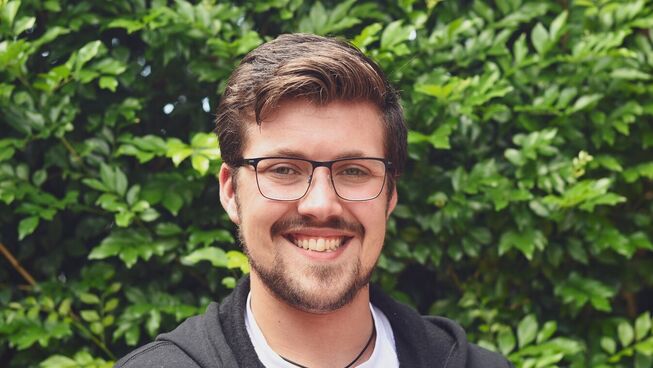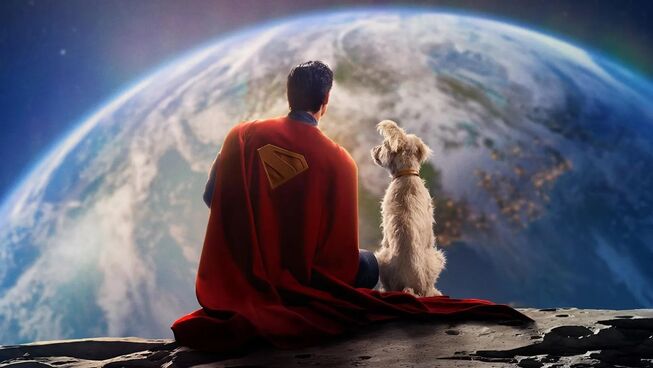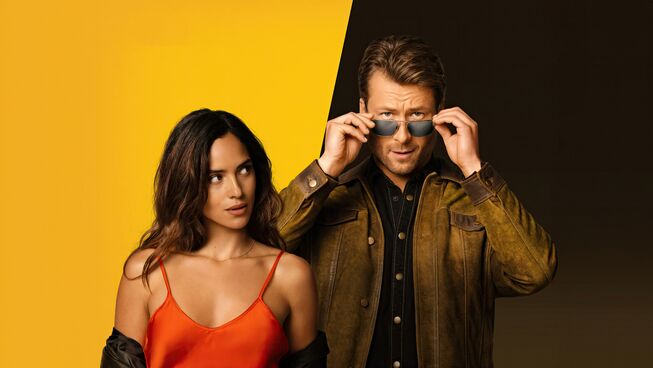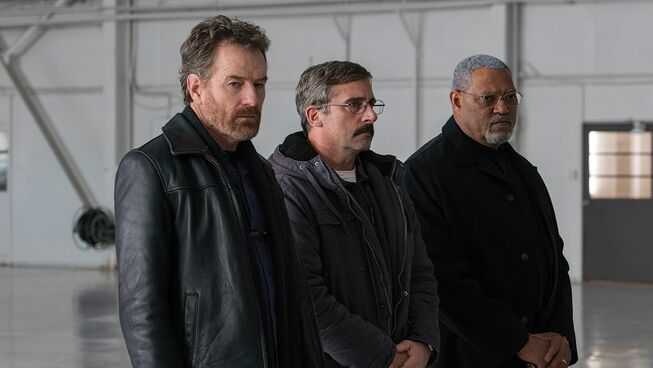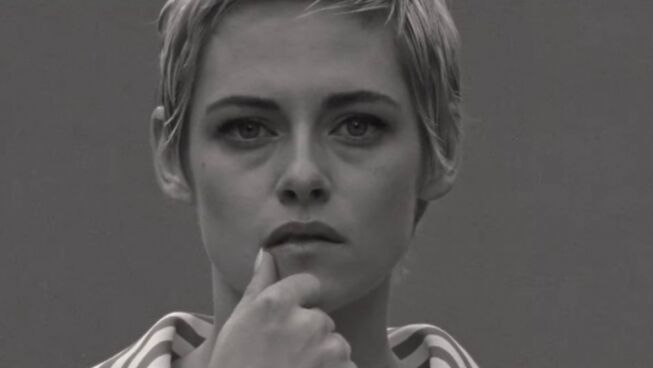Nouvelle Vague
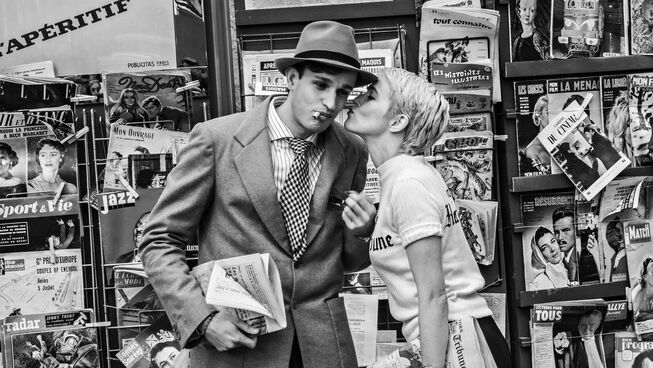
⭐️ ⭐️ ⭐️ ⭐️ (out of 5)
Much of Richard Linklater's filmography has been characterised by one phrase – "hangout". Many of his films feature the audience spending time with characters and groups as they go about their lives. From accompanying star-crossed lovers in Before Sunrise, to chilling with a team of college baseball players in Everybody Wants Some!!, Linklater's films often place us alongside their characters. As such, it's not surprising to learn that the similarly free-wheeling and unhurried pacing, conversational intimacy, and playful experiments with form that defined the French New Wave were key in shaping the director's style. Nouvelle Vague then stands as a true celebration of cinema and its lovers. It feels like the kind of project only Linklater could have made, as he pays homage, not only stylistically, but also directly, in a film that revels in the sheer joy of gathering a cast of characters and letting them bounce off each other.
Shot in crisp black and white, it’s the summer of 1959 in Paris, and the eve of a cinematic revolution. Having already gained a reputation for rattling the French film industry’s cage as an iconoclastic film critic, Jean-Luc Godard (Guillame Marbeck) desires to join his Cahiers du Cinéma colleagues François Truffaut, Éric Rohmer, Jacques Rivette and Claude Chabrol in exchanging the pen for the camera. His debut feature is set to be Breathless – a jazzy, handheld thriller about the love affair between an American aspiring journalist and a French petty criminal starring up-and-coming actors Jean Seberg (Zoey Deutch) and Jean-Paul Belmondo (Aubry Dullin) – and unbeknownst to those involved, the film is destined to rewrite the cinematic rule book and make Godard a globally renowned name. But before all that, he has to actually make the film … and shooting on the streets of Paris with zero permits, little money and no prepared script is far easier said than done.
The resulting film about a film is a playful romp filled with charismatic performances and an unapologetic love for cinema itself. Rather than a dry retelling of history, Nouvelle Vague works best as a hangout film. We spend time with the cast and crew of Breathless as they argue, laugh, clash, and dream their way toward a film that would transform modern cinema. But beneath the glamour, cigarettes, and aphorisms about art, Linklater also presents a human story about ego, collaboration, and the sometimes messy cost of creativity. Guillaume Marbeck brings a maddening magnetism to Godard, presenting him as both brilliant and insufferably arrogant. Zoey Deutch shines as Jean Seberg, the American actress whose frustrations with Godard are palpable, while Aubry Dullin charms as the soon-to-be star Jean-Paul Belmondo.
Like Linklater’s best films (Before Sunrise, Boyhood), the joy is less in the destination and more in the journey. Conversations flow with wit and tension, ideas are bounced around, and we are drawn into the intoxicating energy of a group of artists trying to change the world through cinema. It’s also a gorgeously tactile experience. The costumes, the napkins covered in hand-scrawled notes, the typewriters full of pages flying around, the clatter of a film set—it all feels lived-in, not staged. Linklater’s films have always been about the passage of time, and here he seems to fold time in on itself, making 1960 Paris feel as alive and contemporary as ever.
In summary, Nouvelle Vague is a gorgeous, playful, and wonderfully immersive film that celebrates why we love cinema while also pointing to the flaws of its icons. For film buffs, it’s a treat; for general audiences, it’s an engaging window into a defining cultural moment. And for those willing to reflect, it’s an invitation to consider the bigger story behind every creative endeavour, and the intertwined stories of humility, collaboration, and legacy that follow.
Reel Dialogue and Third Space have entered the world of YouVersion: Download the app, dive into the plans, and engage with the Bible in a fresh and exciting way.
Reel Dialogue: Pride comes before the Fall
Jean-Luc Godard may have changed cinema forever, but Nouvelle Vague shows that his pride often left others sidelined. True creativity—and true legacy—are found not in self-promotion, but in serving others. Pride may possibly be the original sin – a desire to be equated equally or above God that led to an elevated consciousness of one's own dignity. This false equivalency with God proved disastrous, and we are still seeing the consequences of Man’s pride every day.
But there is a hopeful antidote to the sinful pride in our hearts. The joy of a relationship with Jesus is the rejection of our inferior ways. His ways are truly better than ours. But he never boasted or took pride in these things. Instead, His humility in the Cross exemplified His love for us. He gave His life for you. And He invites you to enter into a saving relationship with Him, free from pride in ourselves, but filled with praise for the goodness of God and His perfect ways. Pride came before the Fall, but Christ's humility followed, and as a result, we can boast in our weaknesses, knowing Christ's strengths.
